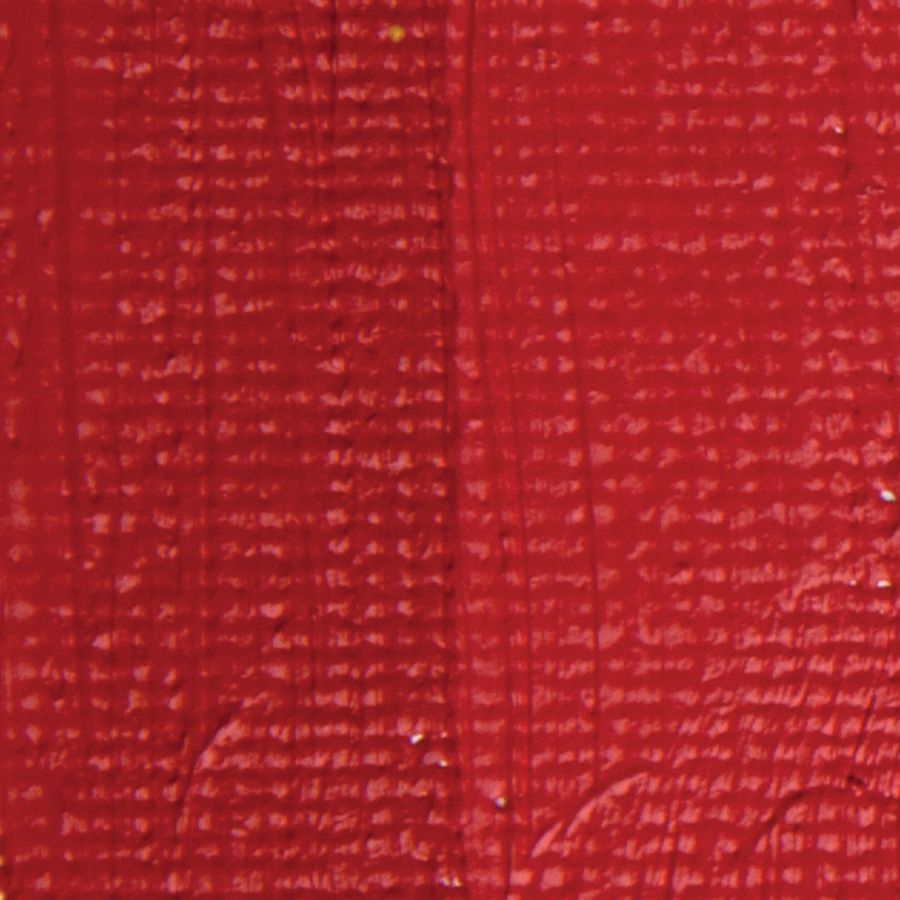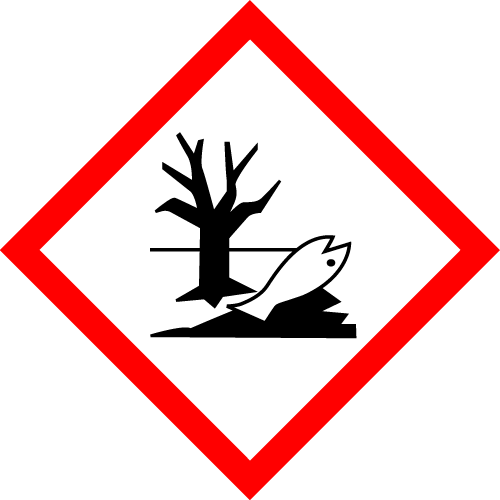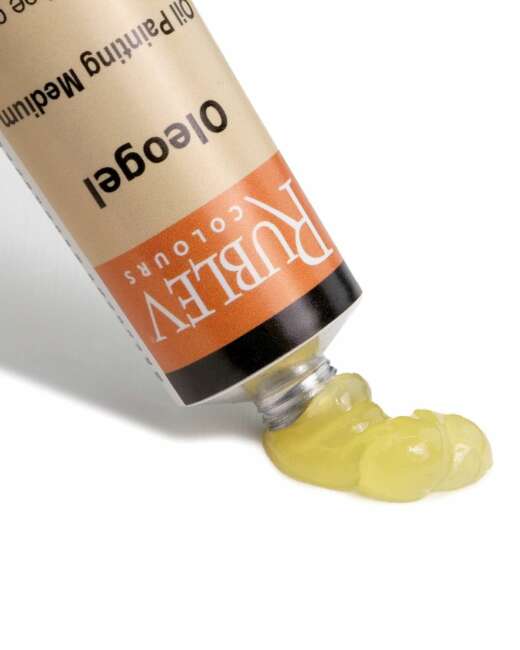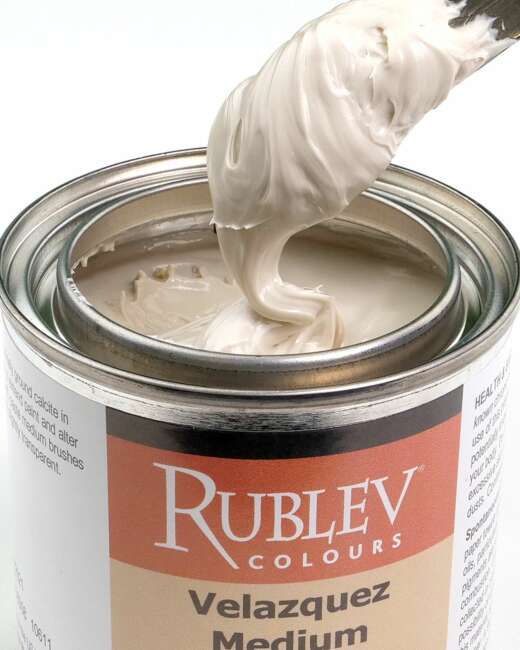New Zorn Palette
The Zorn palette refers to a palette of colors attributed to the Swedish artist, Anders Zorn (18 February 1860–22 August 1920). It consists of four colors: yellow ocher, ivory black, vermilion and lead white. In this set, we have substituted cadmium red light for vermilion to make this palette more affordable for artists. Read more about the Zorn palette. Buy this palette and save 10%
The Zorn palette refers to a palette of colors attributed to the Swedish artist, Anders Zorn (18 February 1860–22 August 1920). It consists of four colors: yellow ocher, ivory black, vermilion and lead white. In this set, we have substituted cadmium red light for vermilion to make this palette more affordable to all artists.
For the genuine colors used by Anders Zorn, see the Original Zorn Palette.
Lists of the black color on the Zorn palette identify it as ivory black, but most ivory black sold in the early twentieth century was actually made from bone char or bone black. See note below.
Charles Ubele writes about the manufacture of ivory black oil paint on page 124 in Paint Making and Color Grinding:
While many in the trade do not make a distinction between drop black or bone black and ivory black, the latter, nevertheless, is, or at least should be, made from the waste of ivory in turning and cutting of ornaments, etc., but, as there would not be enough to go around for the demand of the trade, the manufacturers of ivory black make use of animal bones, selected especially for this purpose, especially the knuckles and shins of bovines, while ordinary bone black of extra fine texture and hue is also sold under the name of ivory black.
Charles Ludwig Uebele (1913) Paint Making and Color Grinding: A Practical Treatise for Paint Manufacturers and Factory Managers. Painter’s Magazine.
Read article The Zorn Palette: Were There Really Only Four Colors?
| Color Swatch | Number | Name | Price |
 | 303 | Yellow Ochre | 14.90 |
 | 542 | Cadmium Red Light | 59.50 |
 | 802 | Lead White | 46.80 |
 | 903 | Bone Black | 14.90 |
| Total | 136.10 | ||
| SKU | 810-1112 |
|---|---|
| Brand | Rublev Colours |
| Vendor | Rublev Colours |
| Processing Time | Usually ships the next business day. |
California Proposition 65: This product contains a chemical known to the State of California to cause cancer and birth defects or other reproductive harm.
Hazard Pictograms
 |  |  |
| GHS07: Exclamation Mark | GHS08: Health Hazard | GHS09: Environment |
Signal Word: Danger
Hazard Designation
H302 Harmful if swallowed.
H332 Harmful if inhaled.
H360 May damage fertility or the unborn child.
H373 May cause damage to organs through prolonged or repeated exposure.
H410 Very toxic to aquatic life with long lasting effects.
Safety Designation
P260 Do not breathe dust/fume/gas/mist/vapors/spray.
P261 Avoid breathing dust/ fume/ gas/ mist/ vapors/ spray.
P280 Wear protective gloves/ clothing/ eye/ face protection.
P281 Use personal protective equipment as required.
P405 Store locked up.
P501 Dispose of contents/ container according to regional, national and international regulations.











